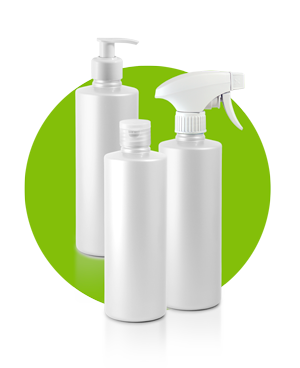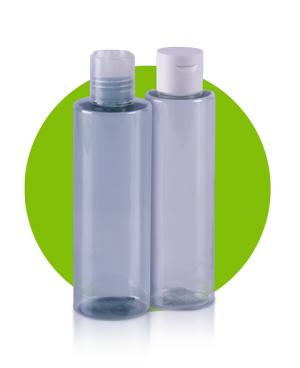
GREEN PLASTIC
The planet urgently needs us to reduce our plastic consumption and we all have a role to play in achieving that goal.
Now is the time to find new ways to reduce, re-use and recycle plastic and then harness our knowledge and experience to make them available to consumers without sacrificing the comforts and advantages we demand from a container.
As part of our business strategy, RAFESA is fully committed to reducing the presence of plastic and improving the composition of our containers to facilitate re-use or decomposition.
Below is a list of the different options we offer to our clients so they can choose to adopt a sustainable approach to business and engage in real and effective environmental care.
High-Density Polyethylene HDPE Green
High-Density Polyethylene (HDPE) is the most stable polyethylene group.
Made from sugar cane, plant-based High-Density Polyethylene reduces fossil fuel consumption by using 100% renewable raw materials. Its production also requires less energy.
HDPE Green is widely used for liquid cosmetic products. It is also used in large formats for professional use.
Containers made from this material keep their original shape after becoming subject to pressure, thereby protecting the intended design.
High-Density Polyethylene
Recycled PC (Post-Consumer)
This type of High-Density Polyethylene (HDPE) is made from post-consumer recycled materials (PCR), which are reprocessed plastics from domestic or commercial waste.
Its use significantly reduces the use of new plastic materials and the associated fossil fuel consumption.
High-Density Polyethylene Recycled PC is covered by the regulations governing contact with food, meaning it is suitable for this and other uses.
Due to its composition and production process, this material also provides flexible properties to container products.
Recycled PET
PET is the most widely recycled plastic in the world and is 100% recyclable.
It comes from the recycling of plastic waste obtained during production processes.
Its main advantage is a substantial reduction in the use of new plastics. Committing to Recycled PET minimises the carbon footprint stemming from its production.
The result is a very lightweight and transparent container that is suited to various uses.
Regenerated PP
Just like in Recycled HDPE, the post-consumer recycled materials (PCR) in Regenerated PP are reprocessed plastics from domestic or commercial waste.
The use of new plastic materials and the associated fossil fuel consumption are significantly reduced.
Unlike Recycled HDPE, Regenerated PP is stronger and meets a series of more specific requirements.














